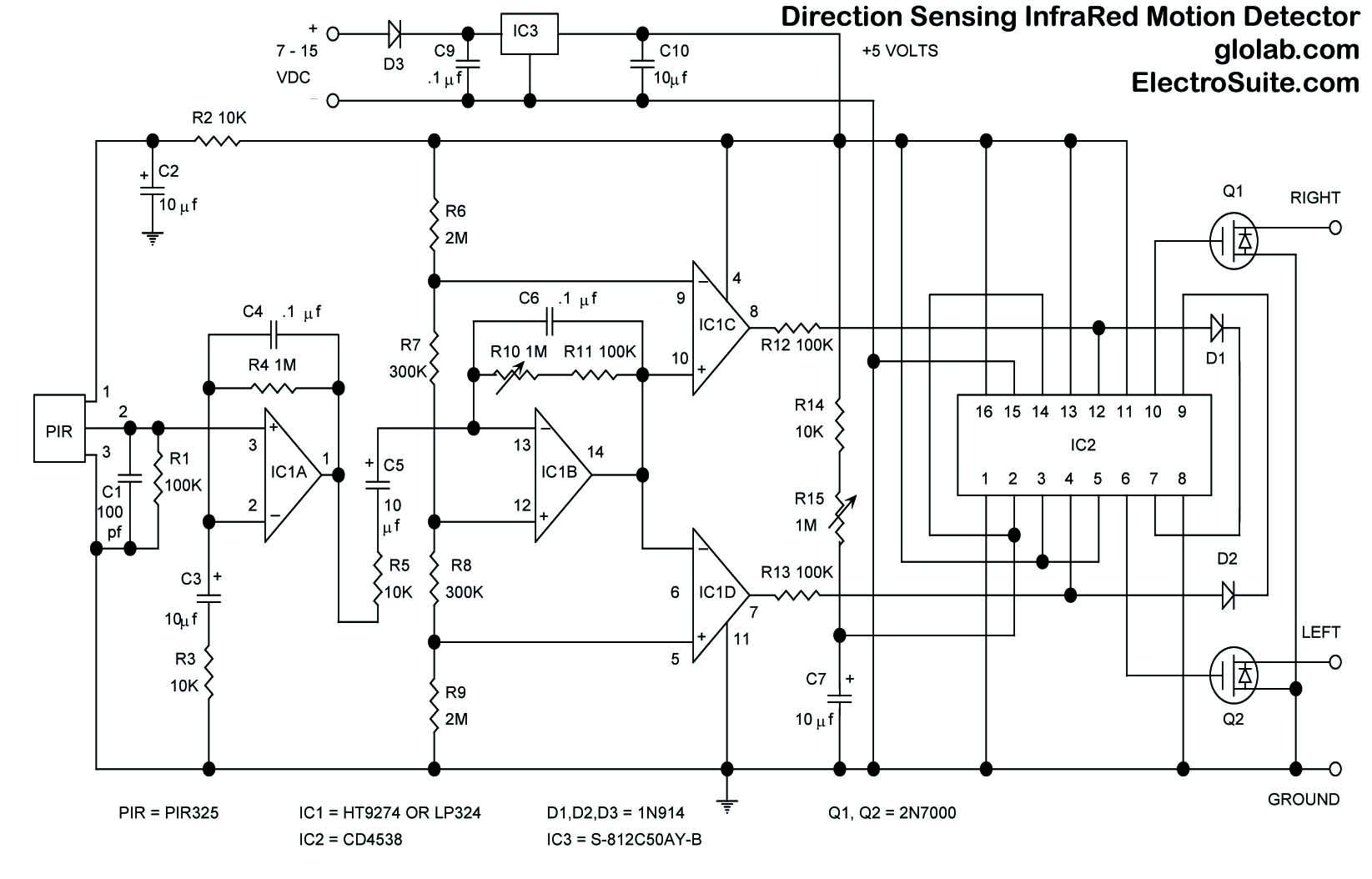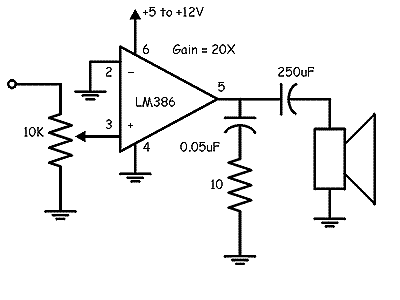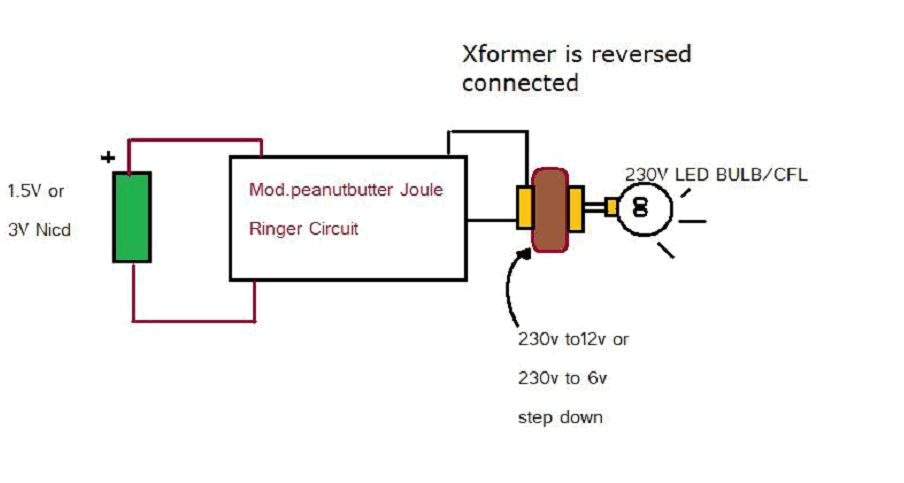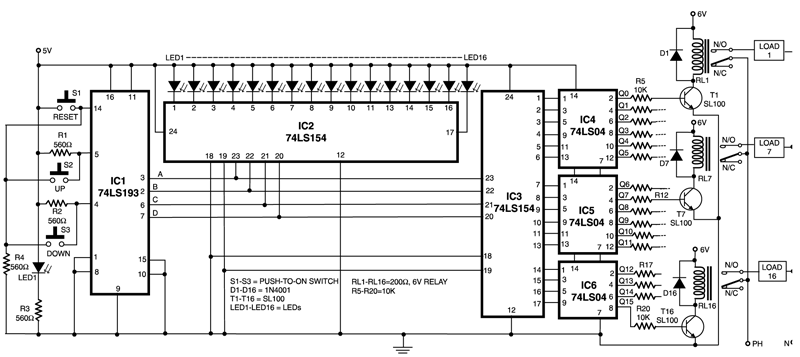
6 Digit Coded Ac Power Switch Circuit

This switch utilizes four CD4013BE dual flip-flops, an inverter, and an optoisolator to control a triac, allowing it to switch a 25-A AC load current. A standard 4x3 telephone keypad is employed for entering a 6-digit code. In the event of an incorrect code entry, a signal is generated to activate an alarm. Additionally, the system features a secret reset button that can be any number on the keypad for disarming purposes.
The described circuit leverages the capabilities of the CD4013BE dual flip-flops, which are D-type flip-flops known for their versatility in digital logic applications. In this configuration, the flip-flops store the entered 6-digit code, providing a means to compare it against a pre-defined code for validation. The inverter serves to ensure proper logic levels are maintained throughout the circuit, while the optoisolator provides electrical isolation between the low-voltage logic side and the high-voltage triac control side, enhancing safety and preventing potential damage from high voltage spikes.
The triac is responsible for switching the AC load, capable of handling up to 25 A, which is suitable for various applications including lighting, motor control, or other high-power devices. The use of a standard 4x3 telephone keypad simplifies user interaction, allowing easy entry of the 6-digit code.
In the event of an incorrect code entry, the circuit is designed to activate an alarm signal. This feature serves as a deterrent against unauthorized access and enhances the security of the system. The inclusion of a secret reset button adds an additional layer of flexibility, allowing users to disarm the system discreetly by entering a designated number on the keypad.
Overall, this circuit design effectively combines digital logic components with power control elements to create a robust and secure switching mechanism suitable for high-current AC applications. The thoughtful integration of user interface elements ensures usability while maintaining a high level of security. This switch uses four CD4013 BE dual flip-flops, an inverter, and an optoisolator to drive a triac. The circuit can switch 25-A ac load current. A standard 4x3 telephone keyboard is used to enter a 6-digit code. In case of a wrong code, a signal is available to activate ah alarm. The disarming method is a secret reset button that can be any number on the keyboard.
The described circuit leverages the capabilities of the CD4013BE dual flip-flops, which are D-type flip-flops known for their versatility in digital logic applications. In this configuration, the flip-flops store the entered 6-digit code, providing a means to compare it against a pre-defined code for validation. The inverter serves to ensure proper logic levels are maintained throughout the circuit, while the optoisolator provides electrical isolation between the low-voltage logic side and the high-voltage triac control side, enhancing safety and preventing potential damage from high voltage spikes.
The triac is responsible for switching the AC load, capable of handling up to 25 A, which is suitable for various applications including lighting, motor control, or other high-power devices. The use of a standard 4x3 telephone keypad simplifies user interaction, allowing easy entry of the 6-digit code.
In the event of an incorrect code entry, the circuit is designed to activate an alarm signal. This feature serves as a deterrent against unauthorized access and enhances the security of the system. The inclusion of a secret reset button adds an additional layer of flexibility, allowing users to disarm the system discreetly by entering a designated number on the keypad.
Overall, this circuit design effectively combines digital logic components with power control elements to create a robust and secure switching mechanism suitable for high-current AC applications. The thoughtful integration of user interface elements ensures usability while maintaining a high level of security. This switch uses four CD4013 BE dual flip-flops, an inverter, and an optoisolator to drive a triac. The circuit can switch 25-A ac load current. A standard 4x3 telephone keyboard is used to enter a 6-digit code. In case of a wrong code, a signal is available to activate ah alarm. The disarming method is a secret reset button that can be any number on the keyboard.





